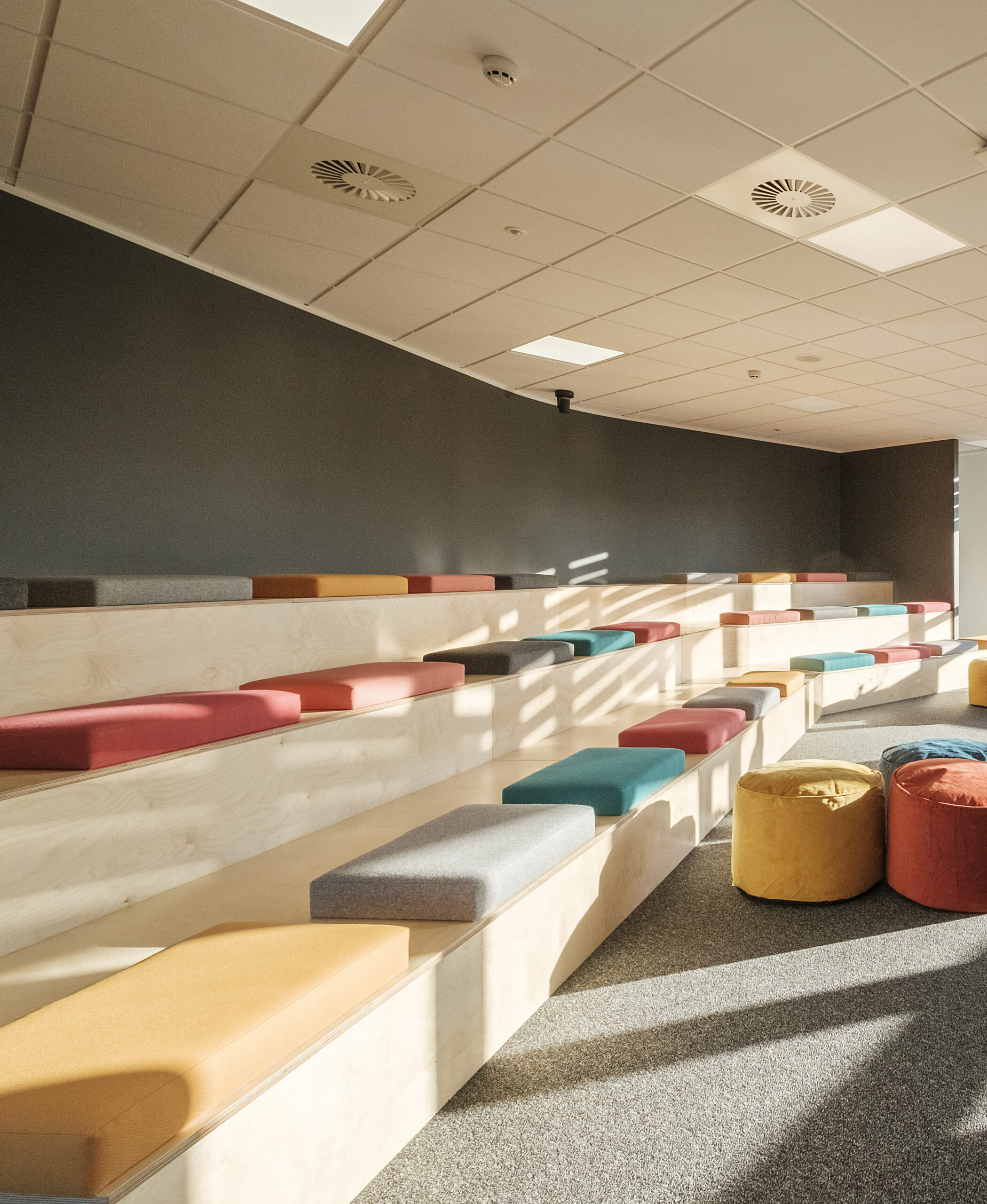
Industry Insight
The Emotion of Space: Building Brand Identity Through Design
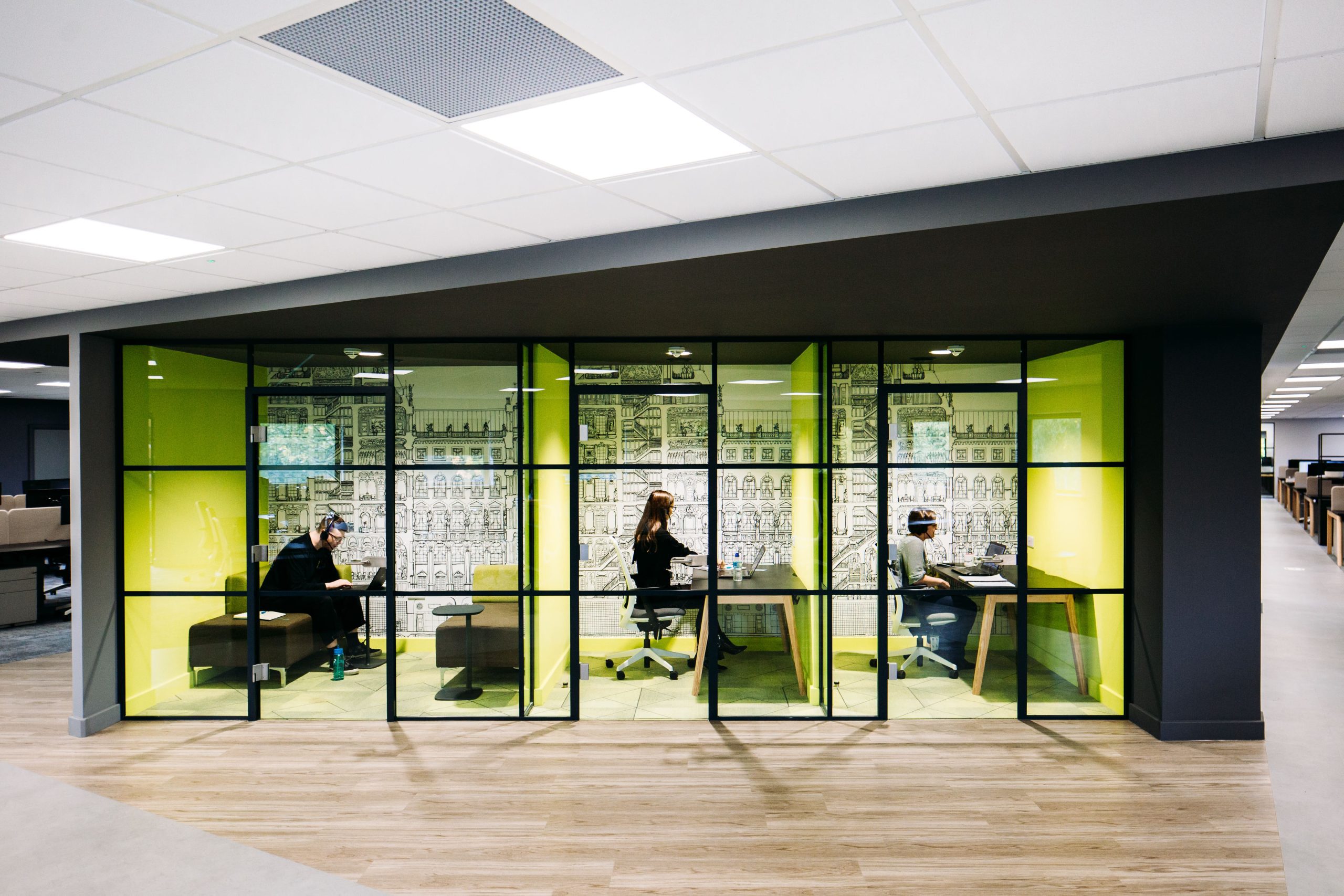
Header Image – Ideagen, Nottingham, UK
As Gen Z continues to enter the workforce, their presence is reshaping workplace design and expectations. Born between 1997 and 2012, this generation is walking into the office with fresh expectations and an unwavering belief that their environment should reflect their values, behaviours, lifestyle, and ambitions. This has prompted forward-thinking businesses to reevaluate and reimagine the role of modern office spaces.
By 2030, Gen Z and Millennials are predicted to make up 74% of the global workforce. Attracting and retaining this youthful talent requires more than just competitive salaries; it demands a work environment that reflects who they are and where they want to be. Thoughtful office design has emerged as a key driver in meeting these needs and sustaining engagement.
At Chameleon, we draw on years of experience to create spaces that change everything – spaces that speak directly to this new wave of talent. If you’re considering how to keep Gen Z engaged and inspired at work, let us walk you through what they want and how thoughtful, creative office design can help.
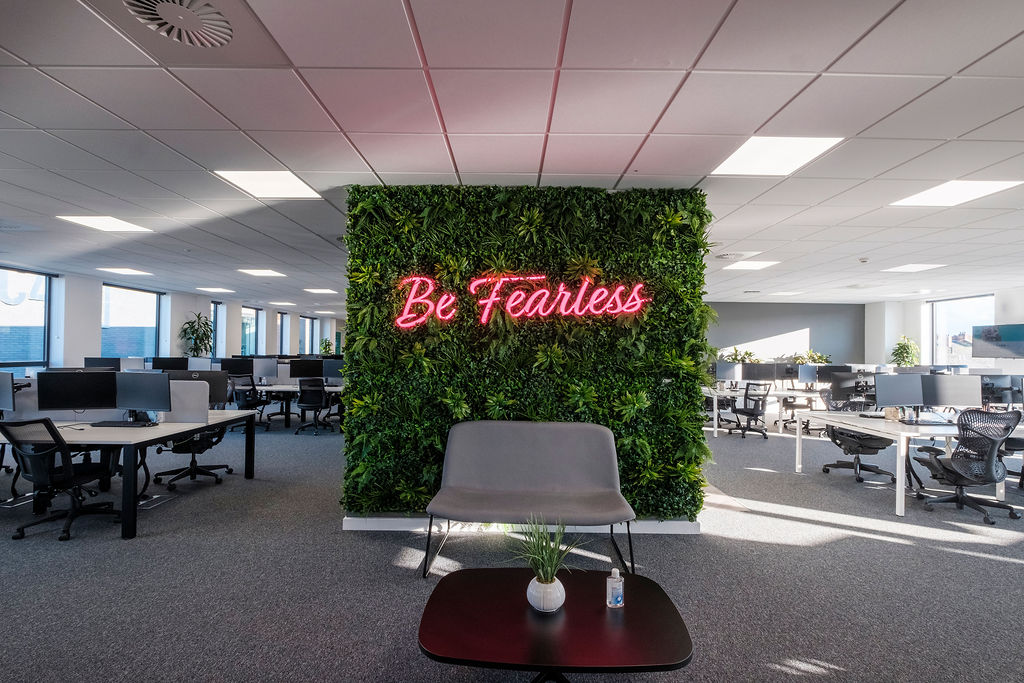
Recent research highlights that Gen Z and Millennials are redefining career success. Whilst career progression is clearly important, most are not singularly motivated by leadership roles. Instead, they are seeking a holistic blend of financial stability, personal well-being, and meaningful work; a balance that many struggle to find.
In fact, nearly half of Gen Z (48%) and Millennials (46%) report financial insecurity, and this directly impacts their perception of meaning and satisfaction at work. Businesses that acknowledge and address this dynamic through both policy and physical office design are more likely to earn long-term loyalty.
Gen Z places a high value on flexibility. The traditional requirement to spend 5-days a week on-site,is being replaced by a preference for flexible, hybrid working patterns. According to the Deloitte survey, around three-quarters of Gen Z and Millennial employees prefer working arrangements that include both remote and on-site options.
To meet these expectations, office design must move beyond static desk arrangements. Spaces should offer multi-functional areas, from quiet corners for focused work to adaptable zones that accommodate both collaboration and solo productivity. This includes integrating breakout lounges alongside quiet acoustic pods.
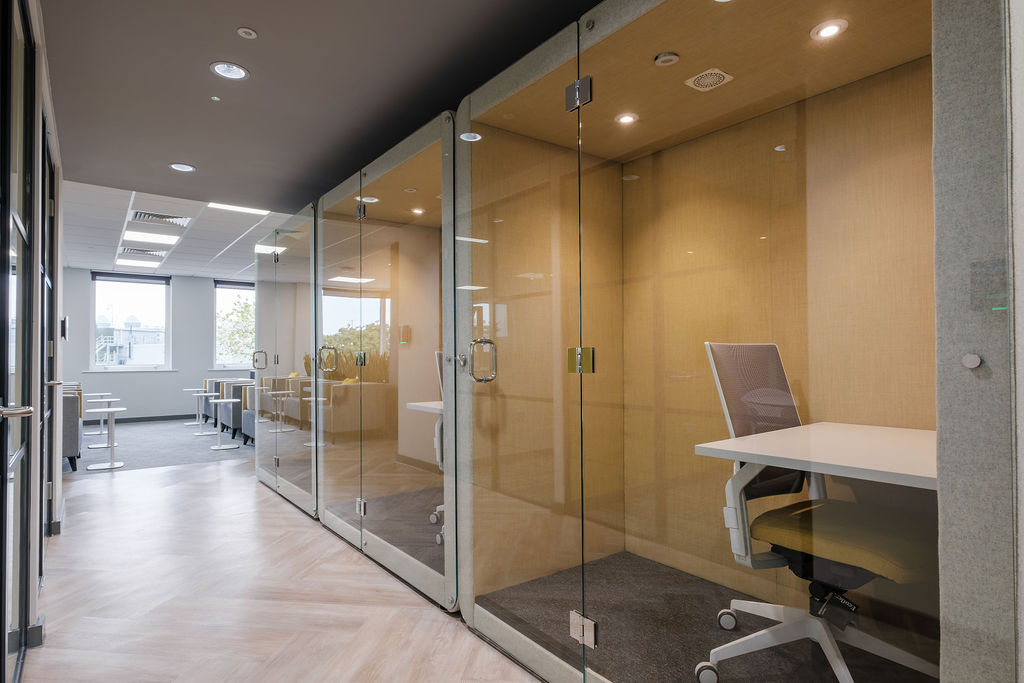
Whilst flexibility is key, Gen Z is not looking to disconnect completely. On the contrary, they place high value on meaningful connections, whether through collaborative work or simply feeling part of a supportive team culture. The office is seen as a space for real connection and shared purpose.
To foster this, modern office design must prioritise environments that encourage spontaneous conversation and collaboration. Soft seating zones and project tables are ideal for informal conversations, whilst flexible meeting areas support deeper engagement across different teams. Spaces that promote informal exchanges play a vital role in making younger talent feel engaged and supported by those around them.
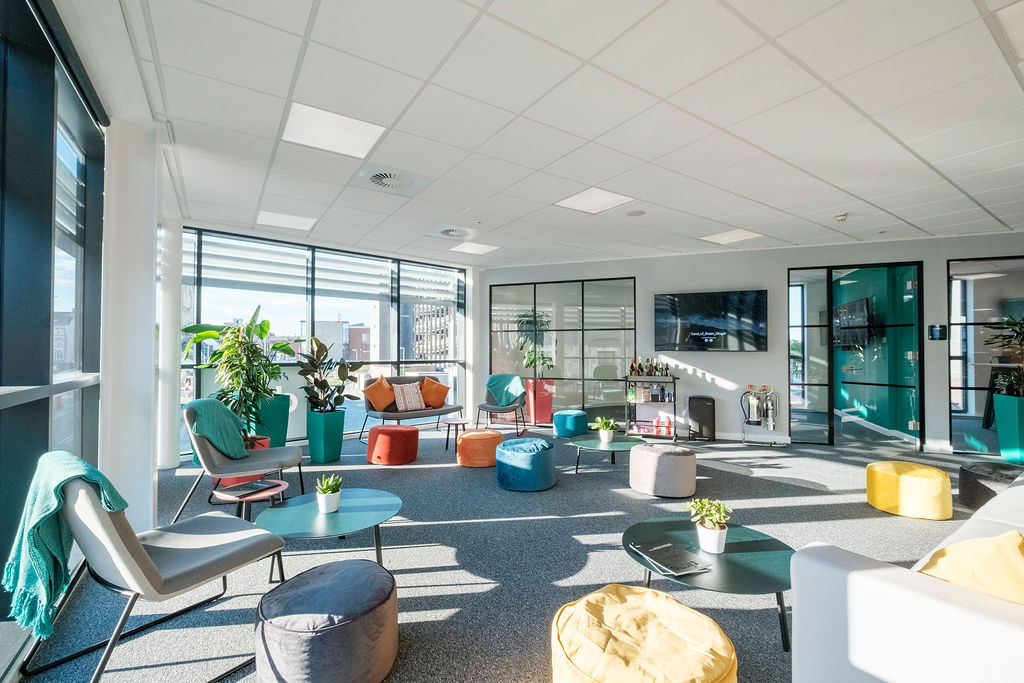
Learning is a high priority for Gen Z, and one of the top reasons they choose their employer is access to development opportunities.
Modern office design can play a role here by creating spaces that cater to both structured training sessions and more organic mentoring interactions. From lecture theatres to classrooms and quiet zones, we create spaces that facilitate both formal and informal training.
Given the freedom and resources to grow, Gen Z are more likely to collaborate and stay in a job that values long-term commitment. Thoughtfully designed dedicated hubs for learning and development in commercial office environments help reinforce a culture of continuous growth that Gen Z values so much.

Raised on intuitive tech, Gen Z expects the workplace to be switched on digitally. With 74% of Gen Zs believing that AI will reshape how they work, they’re looking for tech-centric spaces that help them adapt. However, that doesn’t just mean more screens around the office; it means integrated tech tools that make daily tasks easier. Wireless charging, app-based room booking, smart lighting, secure access controls, and reliable video conferencing tools are now common expectations.
Companies that embed this kind of seamless tech into the office environment send a signal that they are forward-thinking and responsive to how younger generations prefer to work.
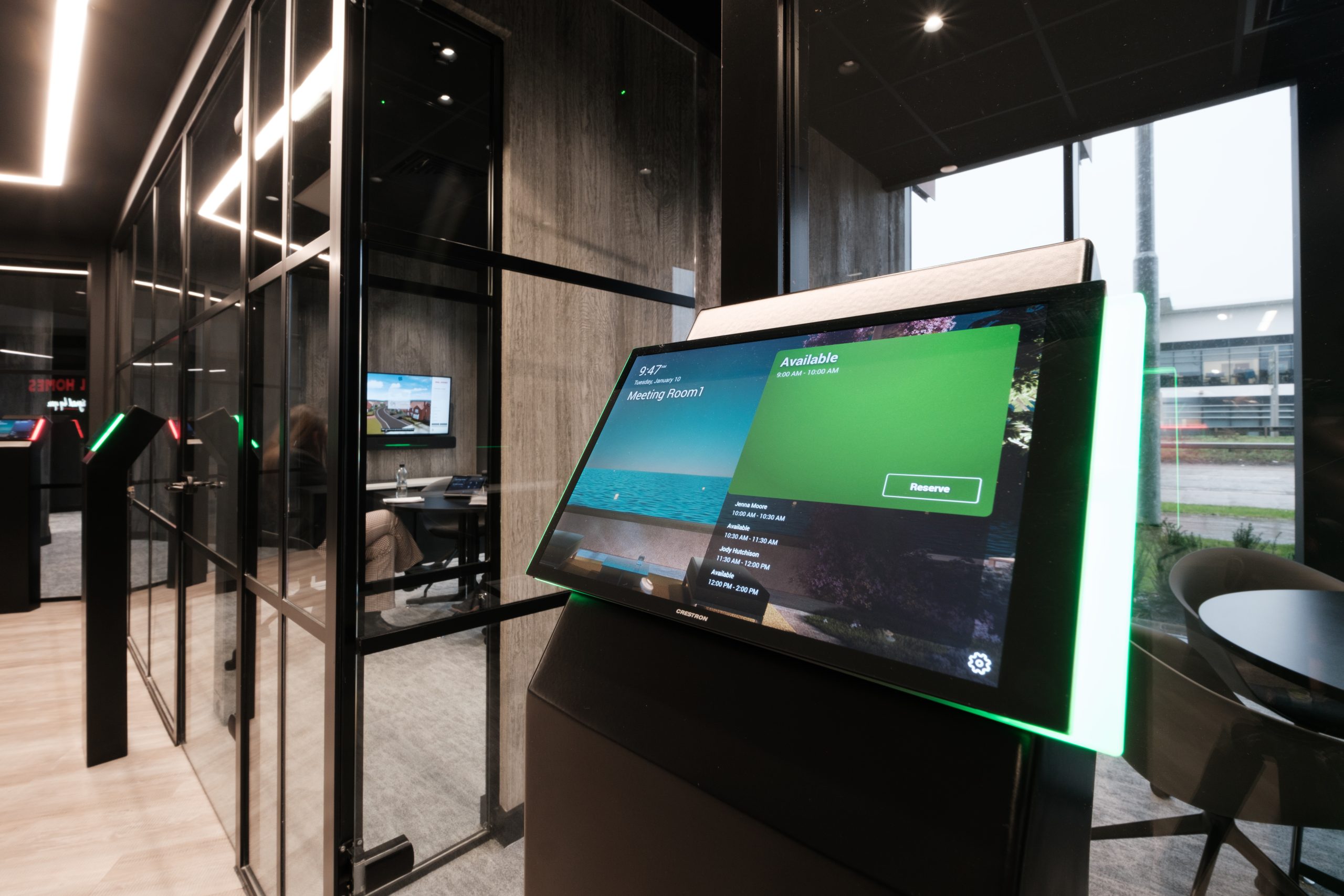
Simply put, well-being is an expectation. Gen Z speaks openly about mental health and wants their workplace to actively support it. It’s widely understood that employees with positive mental health are significantly more likely to feel their job is meaningful and fulfilling.
Among Gen Zs who report positive mental well-being, 67% say their job allows them to make a meaningful contribution to society. That number drops to 44% for those with poor well-being. Office design plays a powerful role here.
Modern office design should therefore prioritise access to daylight and have a circulation of fresh air. Noise control is also key, alongside the inclusion of calming colour schemes and natural finishes like indoor plants to contribute to environments that feel energising rather than draining. Spaces that support mental wellbeing are now essential to talent retention.

Gen Z value a strong sense of purpose. Over 89% of Gen Z and 92% of Millennials say that purpose is vital to their job satisfaction and well-being. That purpose doesn’t need to focus solely on large-scale impact, often, it’s about enabling personal development through the provision of room for creative input or fostering a sense of contribution.
Commercial interior design can communicate purpose by combining visual branding with considered material choices that speak to the organisation’s identity. Layout and spatial flow also play an important role in echoing the values and mission of the business. When the workspace visually reinforces what the company stands for, it transcends simply being a place to work.
Our work with McCain on their head office is a great example of how successful integration of visual branding and messaging can support an organisation’s identity and inspire its team.
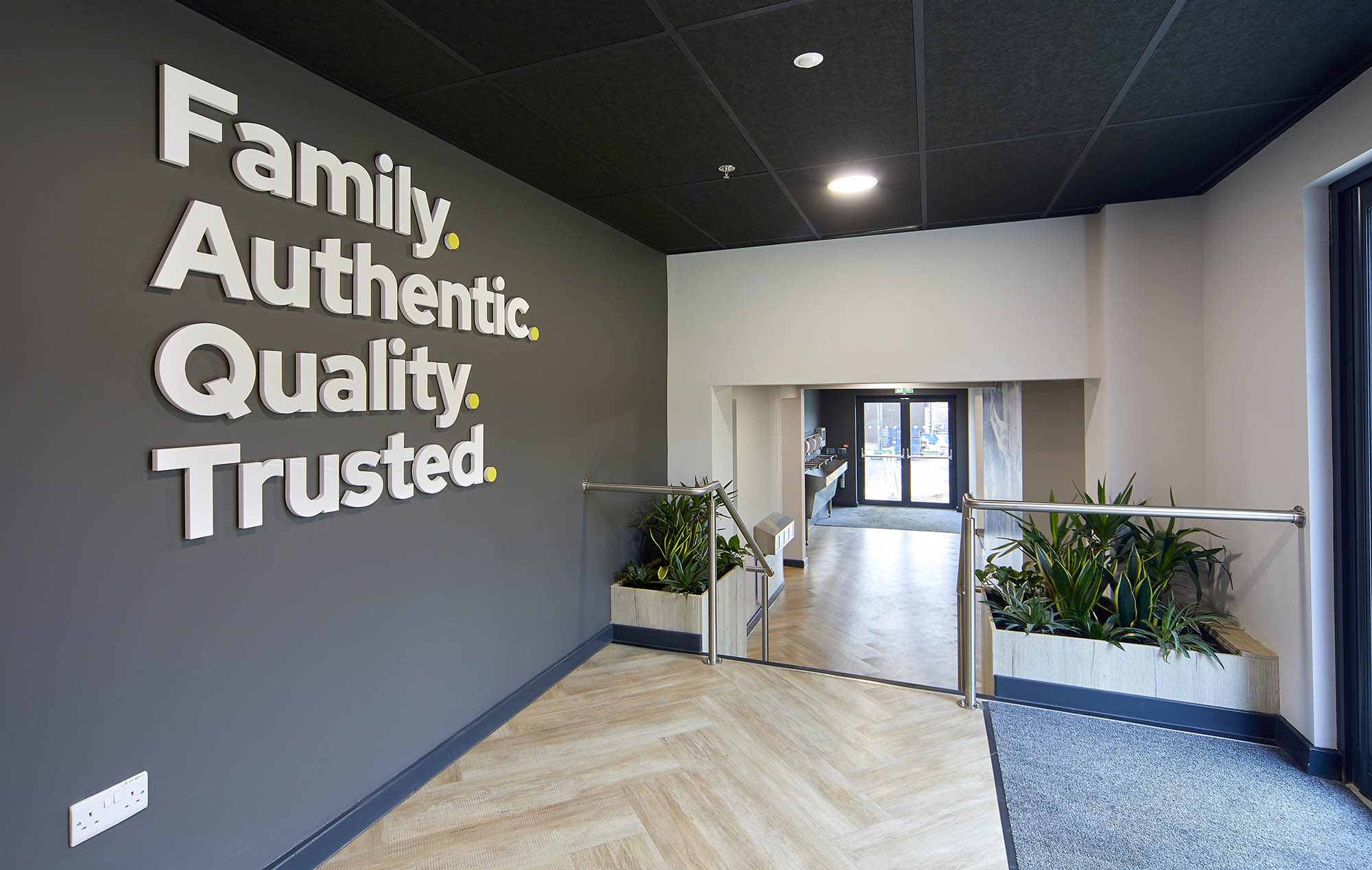
It’s evident that attracting and retaining Gen Z is about more than job titles or salaries, it’s about designing an environment that supports how they want to live and work. As their influence in the workplace grows, the businesses that adapt through genuine, purposeful office design will be best positioned to attract and retain top talent.
At Chameleon, we work closely with our clients to develop bespoke commercial office spaces that align with these ever-changing expectations. Throughout our entire process, we design with a clear goal: to create environments where everyone can flourish.
Let us create a workspace that helps you build your brand with the next generation. Talk to us.